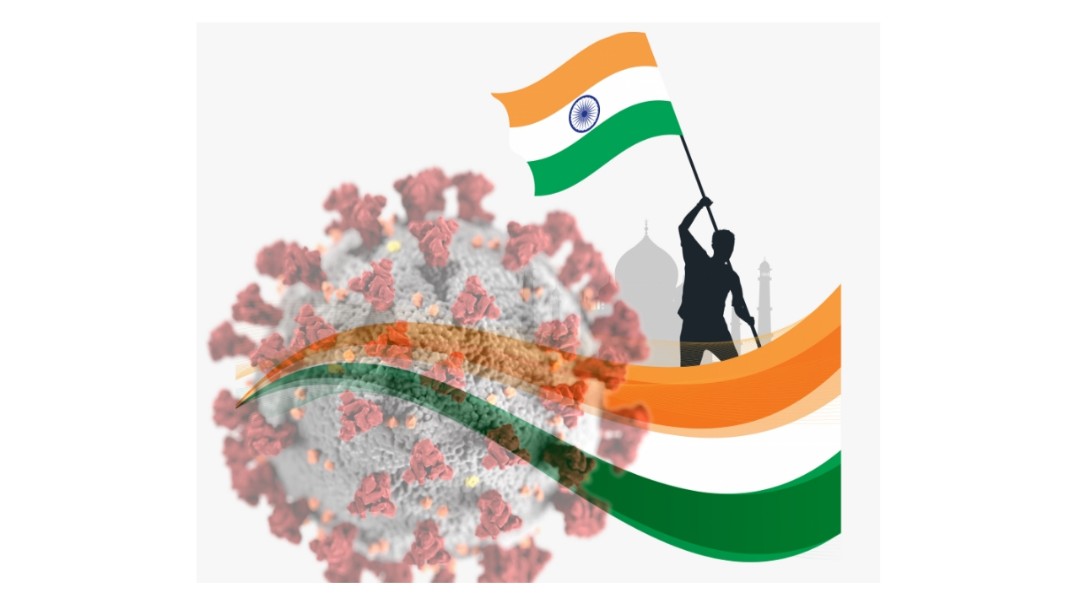Country overtakes Spain in numbers even as study finds that infectivity rose from lockdown 1.0 to 3.0.
Registering a new high in the number of daily cases detected — 10,085 — India on June 6 overtook Spain to become the country with the fifth highest confirmed COVID-19 infections (2,46,292). The rise in cases comes despite the fact that 1,37,938 samples were tested on June 6, down from 1,43,661 on June 5, according to the Indian Council of Medical Research (ICMR).
The death toll increased by 292 to 6,941, even as the recovery rate remained at close to 48%. Cases have steadily risen, doubling every 17 days, among the fastest in countries with the most infections.
The increase in infections is reflected in a study led by officials at the National Centre for Disease Control (NCDC), a Union Health Ministry body, tasked with disease surveillance. The study found that India’s reproduction number (R0), or the average number of people a single COVID-positive patient infects, has increased between lockdown 1.0 and the beginning of lockdown 3.0. Moreover, India needs 621 million ‘recoveries’ to achieve ‘herd immunity’ at current rates of disease transmission, says the study that appeared online on June 2 in the peer-reviewed Indian Journal of Public Health (IJPH).
India reported its first 100 cases on March 15, and its effective transmission rate then was 2.51. That means, on average, every two infected persons were infecting five others. However, not everyone spreads the virus equally. Some may have higher viral load, some a reduced load and yet others may be more mobile and spread it wider than more sedentary persons. To factor these varying rates of spread, epidemiologists compute reproduction rates in a population as an average. For a pandemic to end, this number must dip below 1.
The initiation of the lockdown reduced the R0, the authors say. “On April 2, 8 days after Phase 1 lockdown, the estimated Rt (the R0 at a particular period) decreased to 1.91. At the end of Phase 1 (April 14) and Phase 2 (May 3) of lockdown, Rt was 1.28 and 1.83. As of May 4, 2020, latest Rt of 2.04 was estimated,” the authors note. May 4, or the beginning of lockdown 3.0 saw easing of restrictions in public activity. Since May 4, India’s COVID count has multiplied five fold as have deaths.
One of the co-authors of the study Additional Director, NCDC, Sudhir Kumar Jain that The Hindu reached out to said the R0 was “decreasing” as of present but he didn’t explain the increasing R0 in the study. He directed this correspondent to the study’s corresponding author, Dr Tanzin Dikid, Joint Director, NCDC, who said she didn’t immediately have institutional clearance to discuss the paper with the media.
“In respiratory infections with a novel virus, herd immunity is usually the only way to stop a pandemic. The whole world is grappling with this,” said Dr. Jain.
A key wing of the NCDC is the Integrated Disease Surveillance Programme that is tasked with monitoring infectious outbreaks and has experience in epidemiology. The authors of the study say that the lockdown has “slowed the pandemic” and that India’s health system responded to the pandemic “with swiftness.”
Their estimate for herd immunity at 45% was contingent on maintaining Rt of 1.83 which was “achieved at the end of extended lockdown.”
However the Rt could keep increasing when the lockdown is lifted and ought to be “deliberated extremely cautiously considering critical care demand and fatalities, nature and length of immunity developed after infections, and the possibility of viral mutations, the authors underline.
The infection trend was computed by a software that used existing infection trends to calculate the reproduction number at various points of the pandemic. Dr. Sanjay Rai, President, Indian Public Health Association which publishes the IPJH said herd immunity referred to the number of people protected, either by exposure or vaccination. “The first lockdown certainly slowed progression and was meant to prepare our health facilities but it isn’t clear what the objectives of the subsequent lockdowns were.”
Dr. Rai was among the signatories of a recent petition by public health experts that criticised the government for not taking field-level epidemiologists on board on deciding lockdown extensions, “Estimates of R0 are all projections based on various assumption and we still don’t know what the true numbers are for India,” he said.
India and Russia are the only countries with 2,00,000 cases plus where a lockdown has failed to curb a rise in cases. However, deaths in both these countries are the lowest when compared to other similarly placed countries. Brazil with 500,000 cases and 35,000 deaths didn’t impose a national lockdown. The U.S. with 1.9 million cases and over a 1, 00,000 deaths is still in a lockdown.
Government experts in charge of India’s COVID management strategy have at different points claimed that the lockdown was about stamping out the infection by mid-May but are now arguing that it was about ensuring the number of new cases didn’t exceed hospitals’ healthcare capacity.
With inputs from The Hindu

